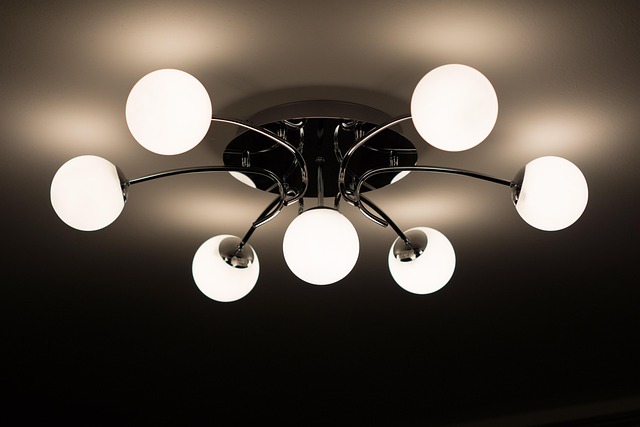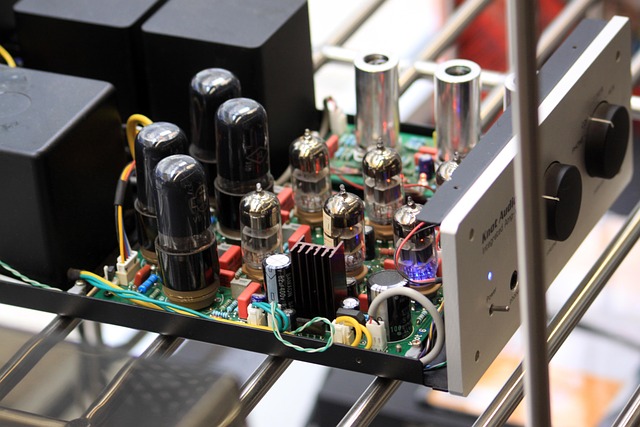Innovations in medical electronics are advancing rapidly. Significant technological initiatives and achievements are emerging, such…

What are the basic types of electrical circuits?
Different types of electrical circuits are part of human life. We commonly live with them and use them in a large number of systems that facilitate our lives. However, they are often unknown to the public, and therefore, this article aims to shed some light on their reality.
A parallel circuit is not the same as a series circuit. By the end of this Electrolomas post, any reader will have a clearer understanding of the differences between the two.
What is an electrical circuit and what is it used for?
An electrical circuit is a system that allows the flow of electrical current through it. Its main function is to provide a closed path for the electrical current to circulate in a controlled manner, enabling the operation of electrical devices and appliances.
This flow of electricity occurs thanks to the interaction between the different components of the circuit; for example, switches, resistors, capacitors, inductors, and coils. The correct arrangement and connection of these elements becomes essential to ensure the proper functioning of the electrical circuit and avoid possible malfunctions.
They are used in countless applications, from large-scale power systems to the most everyday electronic devices, some of which are quite simple. Briefly, we can describe their operation as a flow of electrons that emerges from the negative pole, reaches the switch, then the receiver, and finally ends at the positive pole.
In other words, after turning on or activating the switch, electricity travels from the power source to the resistors, causing a specific electrical function.
What are the 5 main types of electrical circuits?
Factors such as signal type, configuration, and operating mode determine the classification of electrical circuits into five broad categories. What are the characteristics of each of them?
1. Closed circuit
This refers to a complete electrical connection through which current flows continuously. It is supported by a set of successive, connected electrical wires and enables the current to flow from one end of the circuit to the other.
2. Open circuit
This would be, in a way, the antithesis of the previous one, because the electric current is blocked in it. Within it, the continuity of the circuit is interrupted, and with it, the electric flow. That is, the potential difference created prevents the flow of current, and the resistance is infinite.
3. Short circuit
This is an incorrect connection between two nodes whose voltages are considered different, but in reality, this is not the case.
There are two categories:
- Ideal. They have no resistance or voltage drops in their connection.
- Real. Resistance is almost nonexistent, so the entire current passes through them at high levels, and the cable carrying it ends up burning.
4. Series circuit
This is one in which the current passes through all components without dividing. These are connected one after the other, so the flow occurs in order. Consequently, they all share the same electric current. An example? A light bulb is connected to a switch and an electrical outlet. Electricity flows from the switch to the light bulb.
5. Parallel Circuit
In this case, all components share the same connection point and, consequently, each has its own path for the current. We could say that, internally, each component has its own electrical current. This would be the case with several light bulbs connected separately to the same outlet through a switch.
In this case, the voltage is distributed among all the components, which is not the case in a series circuit. In a parallel circuit, the total resistance is lower than that of each of its individual components.
In the history of electronics, different types of electrical circuits take on a prominent role. Electrolomas is a supplier of highly reliable electronic circuits, where you can purchase the highest technical quality at affordable prices. Simply consult their catalog or contact them directly for more information without obligation.



